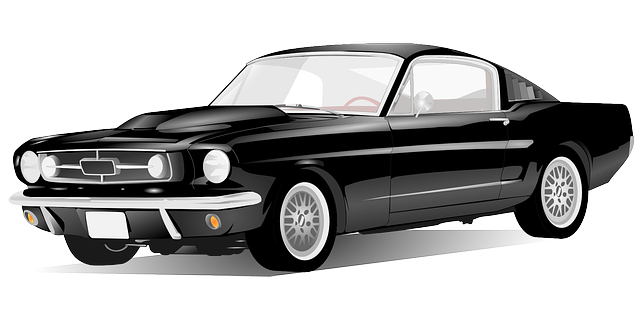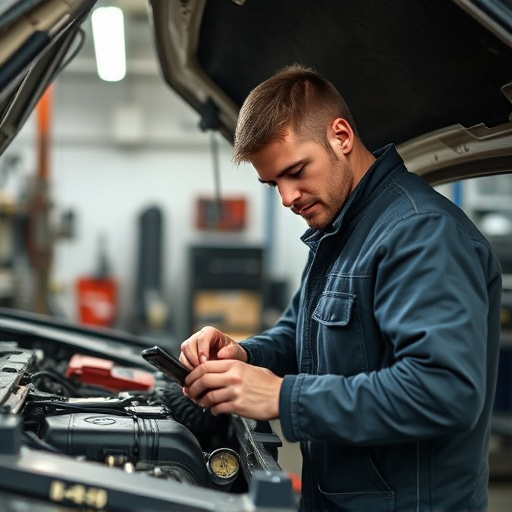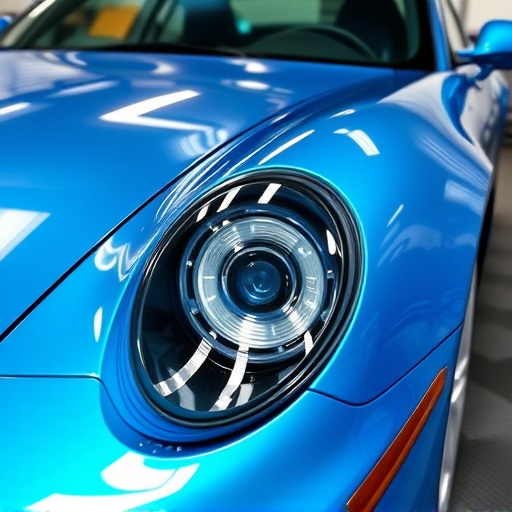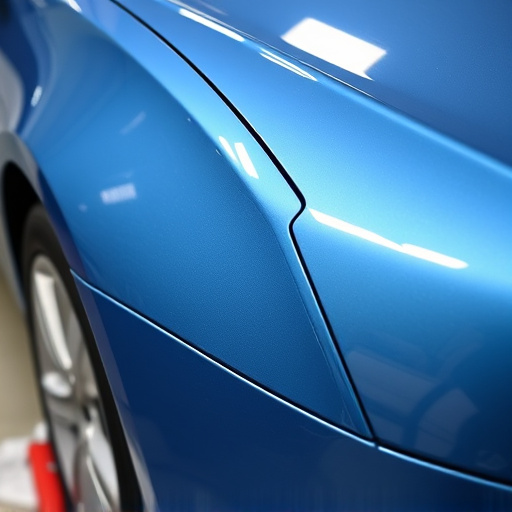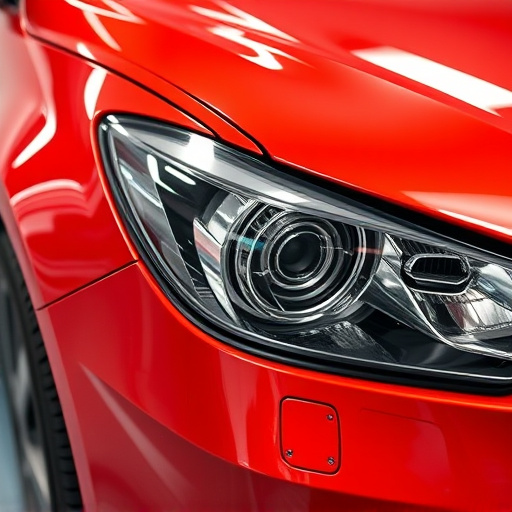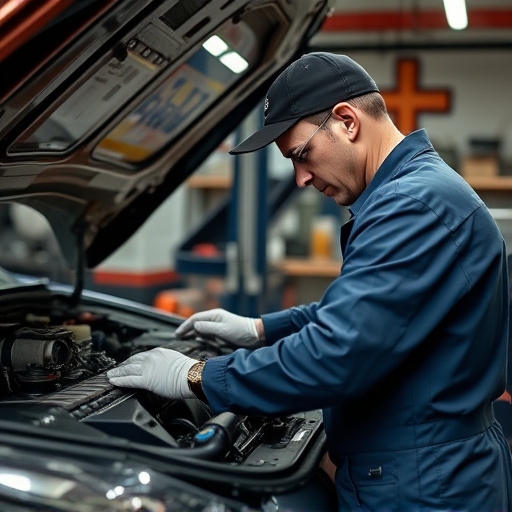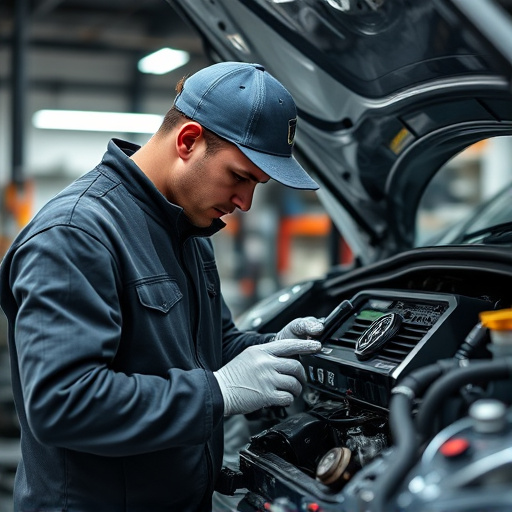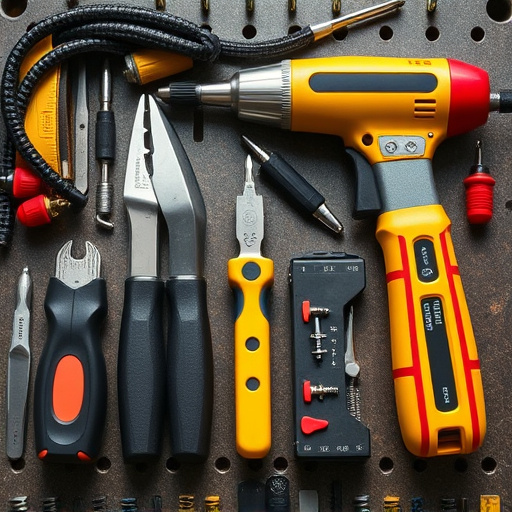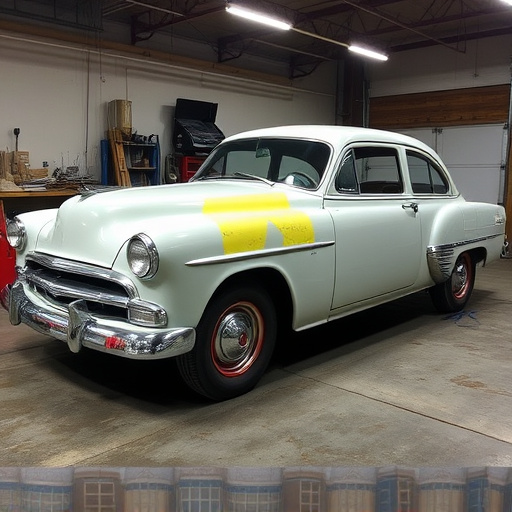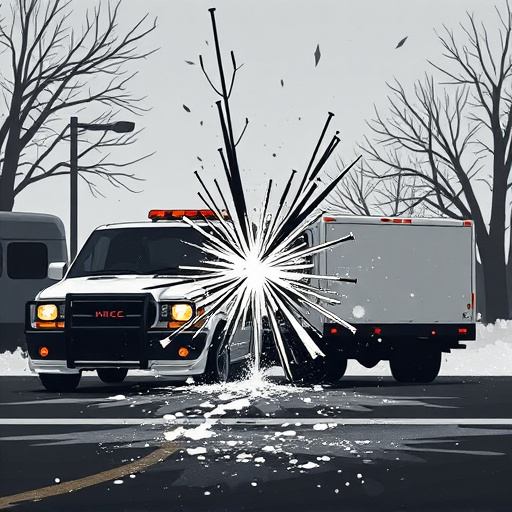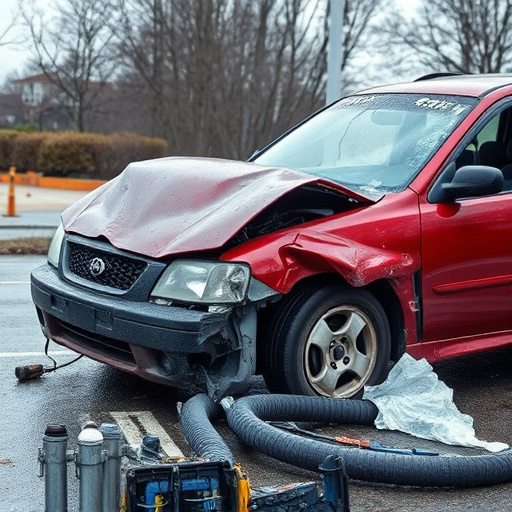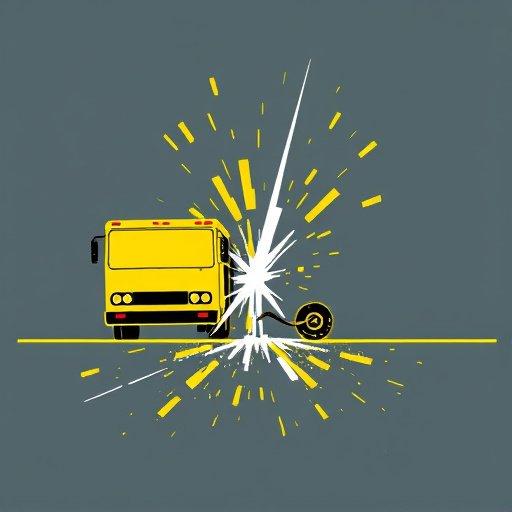Selecting parts for emergency collision repair involves a trade-off between quality and cost. OEM parts ensure precision and durability but are pricier. Aftermarket parts offer affordability with good performance, though fitment may vary. Auto shops must consider these factors to balance quality, cost, and customer satisfaction in dynamic repair scenarios.
In the fast-paced world of emergency collision repair, choosing the right parts can make all the difference. This article delves into the debate between original equipment manufacturer (OEM) and aftermarket parts, offering a comprehensive guide for professionals. We explore the unique advantages and disadvantages of each option, providing insights on how to streamline repairs, maintain quality, and ensure customer satisfaction. By understanding these distinctions, repair technicians can make informed decisions, ultimately contributing to efficient emergency collision repair services.
- Understanding OEM and Aftermarket Parts in Collision Repair
- Advantages and Disadvantages of Each Part Type
- Choosing the Right Parts for Efficient Emergency Repairs
Understanding OEM and Aftermarket Parts in Collision Repair
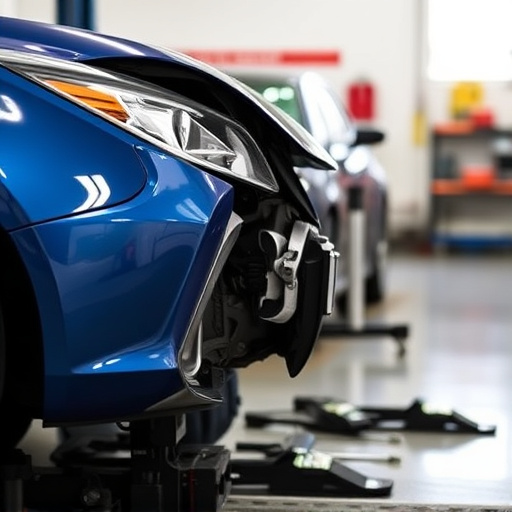
In the realm of emergency collision repair, understanding the distinction between Original Equipment Manufacturer (OEM) and aftermarket parts is paramount for auto repair shops. OEM parts are the original components supplied by the vehicle manufacturer, designed to fit perfectly with precise specifications. They offer a guaranteed level of quality and compatibility, ensuring that repairs align seamlessly with the car’s existing design and performance standards. Aftermarket parts, on the other hand, are third-party manufactured alternatives, often produced to meet similar but not identical specifications. While they can be more affordable, their quality varies widely, potentially affecting the overall outcome of repairs like paintless dent repair or frame straightening.
For auto repair shops tackling emergency collision repair jobs, choosing the right parts is crucial. OEM parts ensure a secure and reliable fix, guaranteeing that the vehicle returns to its pre-accident condition. Aftermarket options can be appealing for budget-conscious customers, but they may require additional adjustments during installation, especially in complex procedures like frame straightening. Thus, knowledgeable auto repair shops must weigh these factors, balancing cost, availability, and quality to provide the best service for each unique emergency collision repair scenario.
Advantages and Disadvantages of Each Part Type

When it comes to emergency collision repair jobs, choosing between Original Equipment Manufacturer (OEM) and Aftermarket parts can significantly impact the outcome and cost. OEM parts, sourced directly from the vehicle manufacturer, offer several advantages. They ensure a precise fitment, preserving the car’s original design and safety standards. This is crucial for maintaining the structural integrity of the vehicle during and after the repair process. Additionally, using OEM parts often comes with extended warranties, providing peace of mind for customers.
However, there are also drawbacks to relying solely on OEM parts. They can be significantly more expensive due to their direct-from-manufacturer sourcing, making them less accessible for budget-conscious collision repair shops and customers. On the other hand, Aftermarket parts offer a more affordable option. These parts, produced by third-party manufacturers, often have lower production costs, allowing for competitive pricing. While they may not always provide the same level of precision fitment as OEM parts, advancements in manufacturing technology ensure that many aftermarket products are nearly indistinguishable from their original equipment counterparts. For auto repair near me services focusing on emergency collision repairs, carefully evaluating these factors can help find the best balance between quality and cost-effectiveness for each specific job.
Choosing the Right Parts for Efficient Emergency Repairs
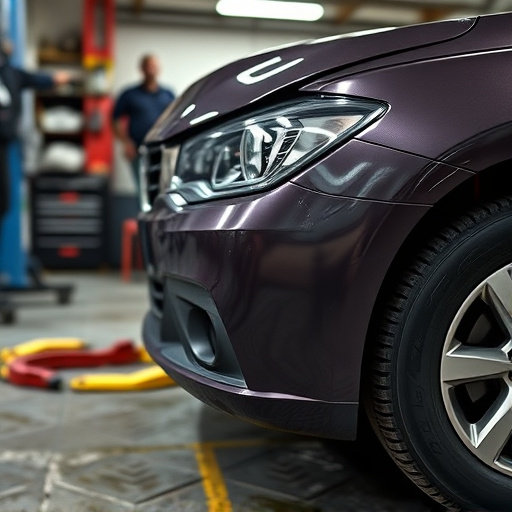
Choosing the right parts is paramount for efficient emergency collision repair jobs. When time is of the essence, such as in a roadside emergency or immediate crash response, selecting Original Equipment Manufacturer (OEM) parts can significantly streamline the process. OEM parts are designed and manufactured by the same companies that produce the vehicles, ensuring precise fitment and quality that meets or exceeds industry standards. This not only accelerates repair turnaround times but also guarantees long-lasting performance, crucial for restoring safety and reliability to the road.
However, in dynamic situations where immediate availability is a challenge, aftermarket parts offer a viable alternative. These parts, while not direct replacements for OEM components, can be readily accessed through local auto repair shops or even online retailers. Aftermarket options often provide cost savings without compromising on functionality for basic emergency collision repairs, such as dent repairs or frame straightening services. For an auto repair near me that caters to sudden needs, a balanced approach using suitable aftermarket parts can help maintain efficiency and customer satisfaction until OEM replacements are sourced.
When it comes to emergency collision repair jobs, choosing the right parts is crucial. Both OEM (original equipment manufacturer) and aftermarket parts have their advantages and disadvantages. OEM parts ensure superior compatibility and performance, but they can be costlier. Aftermarket parts offer more affordability, wider availability, and sometimes unique customization options, making them a popular choice for efficient emergency repairs without breaking the bank. Ultimately, selecting the appropriate parts depends on specific job requirements, budget constraints, and desired outcomes in the fast-paced world of emergency collision repair.

